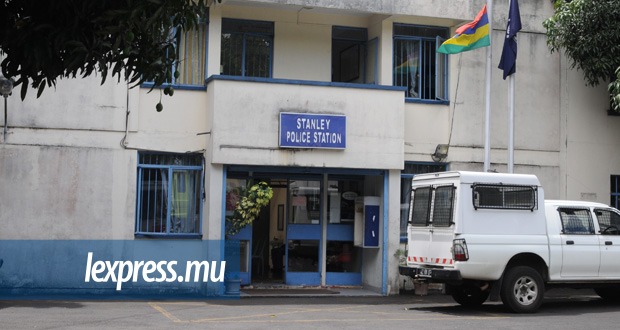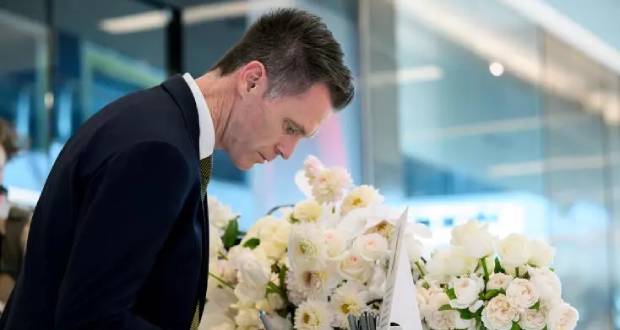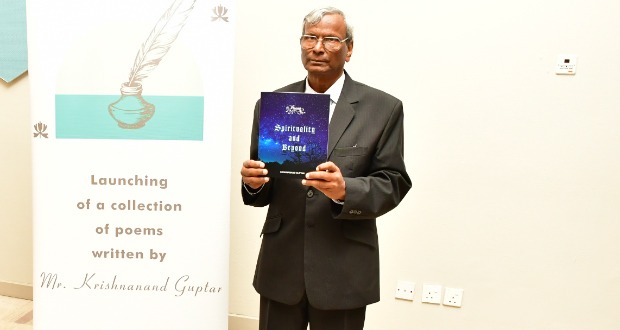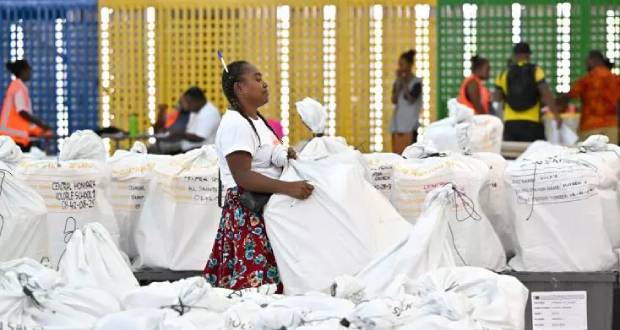Publicité
The ‘shotgun wedding’ between Ramgoolam and Rozemont
Par
Partager cet article
The ‘shotgun wedding’ between Ramgoolam and Rozemont


The alliance between Ramgoolam and Rozemont was described as a “shotgun wedding” by the Governor, Sir Robert
Scott, in a confidential despatch to the Secretary of state for the colonies in 1954.
“All is not well in the Labour party”, so wrote Dr Seewoosagur Ramgoolam in his newspaper Advance in 1952 referring to the “clash of personalities” raging within the Labour party. That was the time when Guy Rozemont was the leader of the party and the integration of a new breed of politicians led by Ramgoolam consisting mostly of the elites from the Indian and coloured population opened a new chapter in the history of the party hitherto largely dominated by the Creole working class and vociferously militant in its approach. The Ramgoolam-Rozemont alliance came under scathing attacks from members of the Labour party but in the end, it was Ramgoolam who had the last laugh.
When Rozemont succeeded Anquetil as leader of the Labour party in December 1946, the party was shaken off from its comatose state to one of liveliness. The credit should go to the flamboyance and charismatic stature of its new leader who was more adept in launching flashes of strikes and pouring slashing attacks on British officials, railing against the judiciary for which he courted several terms of imprisonment.
On his releases from prison, Rozemont was usually cheered like a hero outside the prison gate by crowds of hilarious supporters who took out processions from Beau-Bassin to Port-Louis chanting to the glory of the leader of the Labour party. One of his supporters who often turned up to “welcome him back” was none other than Ramgoolam. After flirting with l’Union Mauricienne and then the “Groupement des Douze” led by Jules Koenig, Ramgoolam most probably thought that with the rise of the Labour party, his association with the Conservative group would lead him nowhere but to a blind alley.
Taking an independent course in the general election of 1948, Ramgoolam won over the Labour party’s candidates, Partab Algoo and Donald Francis in the North, an election that gave an outlook for the future that the pasture would be greener on the Labour side. Ramgoolam started to make his move with the skill of a chess grand master.
First, he positioned himself as leader in what came to be known as the Parliamentary Labour party which was an arrangement between Ramgoolam’s associates and Rozement’s elected Labour members to make common cause in the legislative Council. Why Rozemont himself could not take the leadership of the Parliamentary Labour party could be explained perhaps by the fact that Ramgoolam’s influence in the Council was overwhelming, based on his experience. He had been sitting in the Council as a nominee since 1940. He had nourished lofty political ambition. A good opportunist like all other ambitious politicians, Ramgoolam realised it was time to emerge by showing up his leadership qualities but it was also time to start satisfying his urge by slaying contemporary dragons who would cross his path as later events would prove.
Ramgoolam’s next move was to worm his way through to the heart of the Labour party itself which had witnessed a revival under the leadership of Rozemont. This he succeeded in doing, by churning out a web of leftist rhetoric like threatening nationalisation of key sectors, giving vent to his determination to lift up the underdogs, almost speaking the same language as Rozemont who, by the way, at one time campaigned together with Millien for the closing down of the Mauritius Turf Club (MTC). Ramgoolam made his entry in Labour with lock, stock and barrel. Beejadhur, Vaghjee and other Ramgoolam’s followers were vested with a Labour membership. This was how Seeneevassen landed in the Labour party after having at first declined outright Dr Curé’s offer to join the party shortly after his return from London. Seeneevassen’s response to Curé then was a curt “impossible” when they met in the house of barrister Beedassy, a common friend.
Seeneevassen was at loggerheads with Rozemont for some time. He turned into derision the executive members of the party when he described them as “manieurs de marteaux”. Rozement regarded that expression as an insult and not in line with the party discipline. Adopting the Kremlin style of purging off troublesome elements like he did in the case of Dr Edgar Millien, he expelled Seeneevassen from the party. Millien had the habit of shooting from the hip and his fearless denunciation of what he described as Ramgoolam’s prop up of “Hindu nationalism” and “communal” agenda landed him too in trouble. Ramgoolam regretted that “Dr E.Millien and Mr R. Seeneevassen, despite their close association and cooperation with its executive on all issues are outside the party…” Both Seeneevassen and Millien came back to the Labour fold when better sense prevailed.
For one thing, the Colonial office cashed on the hope that Ramgoolam and Seeneevassen having jumped in the Labour party bandwagon could dampen the ardour of the radical firebrand that was Rozemont and eventually take control of the party, more so because their worry was Rozemont’s suspected connection with the Communist network .
That alliance between Ramgoolam and Rozemont was described as a “shotgun wedding” by the Governor, Sir Robert Scott, in a confidential despatch to the Secretary of state for the colonies in 1954.
It was crudely termed as a “Creole-Hindu” alliance but already it was foreseen it could not hold on for long because of the growing suspicion entertained by the Creole elements. That was so because of the emerging visible signs of Hindus’ “nationalism” or “exclusiveness” as Governor Scott pointed out, almost verging on Hindu fanaticism, a frightening tendency already decried by Millien.
But now it was Maurice Curé’s turn to show how resentful he was about this Ramgoolam-Rozemont pact. It was an opportunity for Curé to settle scores with Ramgoolam who had rendered him crippled politically by playing to the communal gallery after the disturbances in 1937. Curé who claimed being the one and only founder of the Labour party in 1936 had to give up in despair the party’s leadership to Anquetil in 1941. He was angry at seeing those ‘faux Travaillistes’ occupying the Labour camp. It was Rozemont who had opened the flood-gate and had to bear the brunt. Pandit Sahadeo lamented that Rozemont had fallen in the grip of “mauvais banne”.
Curé denounced Rozemont not only for what he considered his inelegant behavior, like for example, his being led to the Council in a state of drunkenness, but also for having succumbed to the charm of Ramgoolam whom he said, “avait un programme politique nettement communaliste”. From then on, the relationship between Rozement and his mentor grew bitter with fierce exchanges of personal attacks in the press from both sides.
That “shotgun wedding” helped the Labour party win a landslide victory in 1953, the best electoral score ever registered by the party but Rozemont’s sad death in 1956 abruptly cut short the unfolding entente. Rozemont’s Creole supporters almost deserted the party and seemed to have lost their bearing and identity until they discovered in 1960 a new super star, Gaetan Duval, baptised as “Roi des Creoles” , who came in the limelight after a by election forced by the historic blunder of Romriky Narain Ramsamy.
Rozemont owed his brief political success largely as an agitator of protest using trade union as a plank, while Ramgoolam continued his ascent ploughing on as a politician of power. The 1950s era was one of political romance!
Publicité
Les plus récents






